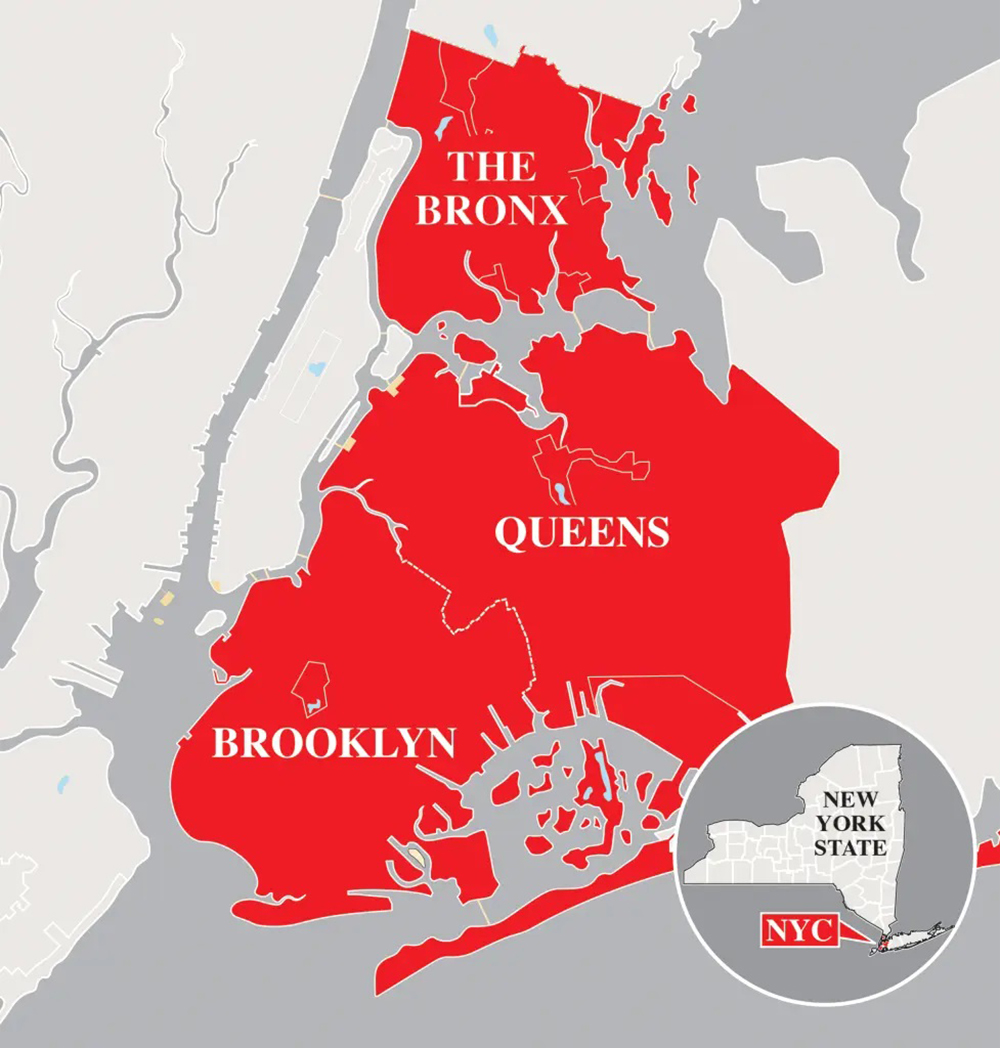|
Getting your Trinity Audio player ready...
|
Edited by: TJVNews.com
New York City, a global metropolis renowned for its vibrant culture and diverse population, has faced a concerning trend of population decline in recent years, according to new census estimates. As was recently reported in The New York Times, the latest data released on Thursday indicates a continued decrease in the city’s population, with nearly 78,000 residents lost in 2023 alone. While these figures paint a stark picture of decline, city officials are quick to highlight discrepancies in the data, suggesting that the true extent of migration and population dynamics may not be fully captured.
The decline in New York City’s population has been a cause for concern, particularly in light of the significant losses experienced in previous years. In 2022, the city saw a staggering exodus of over 126,000 residents, signaling a troubling trend that has persisted over time. According to the NYT report, from April 2020 to July 2023, the city witnessed a net loss of almost 550,000 residents, representing more than 6 percent of its population. These figures underscore the magnitude of the demographic shifts occurring within the city.
City officials have raised objections to the accuracy of the census estimates, particularly regarding the underestimation of migrants and individuals living in group settings such as shelters and dormitories. Speaking to the NYT was Casey Berkovitz, a spokesman for the Department of City Planning who highlighted the discrepancy, noting that an estimated 180,000 migrants had arrived in the city since spring 2022, with 64,600 still under the city’s care. Berkovitz emphasized the need for adjustments to the census estimates to reflect the true demographic landscape of the city accurately.
Despite the challenges posed by population decline, city officials remain optimistic about the city’s long-term prospects. Demographic experts believe that the population has stabilized following the initial pandemic-induced declines, with indications pointing towards a resumption of long-term growth in the years ahead, as per the information provided in the NYT report. The city’s record population of 8.8 million residents in early 2020 serves as a testament to its resilience and ability to rebound from adversity.
Looking ahead, city officials had previously projected that New York City would reach 9 million residents within two decades.
While the overall population decline represents a marked improvement over previous years, the benefits of this turnaround have primarily accrued to the city’s more affluent areas, according to Andrew Beveridge, president of Social Explorer, a demographic data firm, as was indicated in the NYT report.
“It’s very true that lots of well-off people left high-income areas temporarily, and many of them have come back,” Beveridge remarked, the NYT report said. “But it’s the struggling people that leave for good.”
Analysis of the latest census estimates reveals that four of the five boroughs of New York City continued to experience population declines in 2023. The Bronx, the city’s poorest borough, saw the most significant decline, shrinking by nearly 1.9 percent and losing over 25,000 residents. The report in the NYT noted that Brooklyn and Queens also registered declines, losing more than 28,000 and 26,000 residents, respectively, representing just over 1 percent of their populations.
In contrast, Manhattan, the city’s wealthiest borough, experienced slight population growth for the second consecutive year, adding nearly 3,000 residents in 2023. This modest increase follows a trend of gradual growth, with Manhattan gaining more than 16,000 residents the previous year, according to the NYT report. However, despite this recent uptick, Manhattan’s population remains significantly lower than its 2020 levels.



